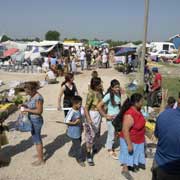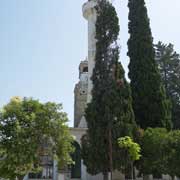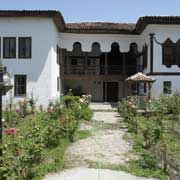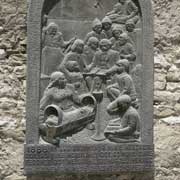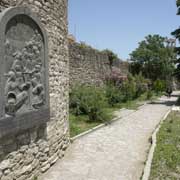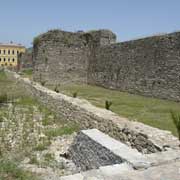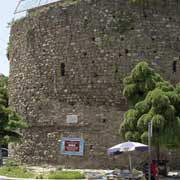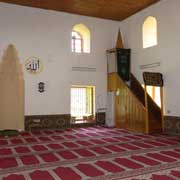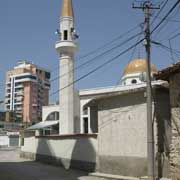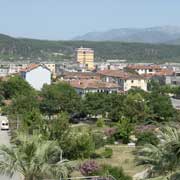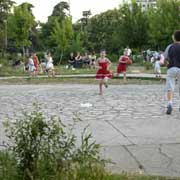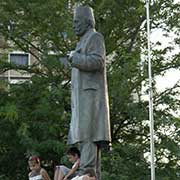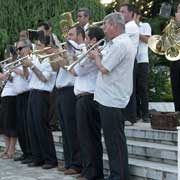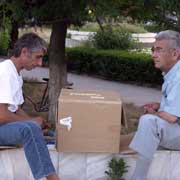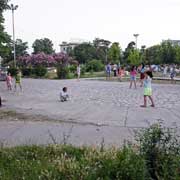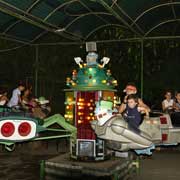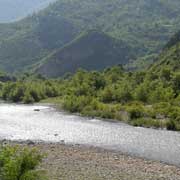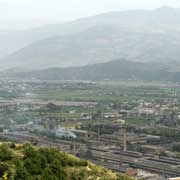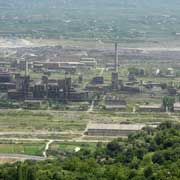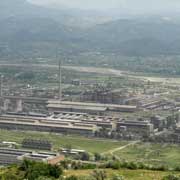Photos from Albania
Around Elbasan, central Albania
Elbasani (or Elbasan in a sentence with a preposition) is on the Shkumbin River in the centre of Albania. It is one of its largest cities, with almost 80,000 inhabitants. Before the Second World War, it was one of the most charming and unspoiled Ottoman cities. It had a mixture of eastern and medieval buildings, narrow cobbled streets, and a large bazaar where one could still hear Turkish spoken. There was a clearly defined Christian settlement within the castle walls, a Vlach district on the outskirts and several elegant mosques and Islamic buildings.
you may then send it as a postcard if you wish.
Elbasan came into prominence in the Roman period when it was known as Masio Scampa. The word Scampa means rocks or peaks in the ancient Illyrian language; the Romans built a strong fortress here. However, the town (later named Hiskampis) was destroyed by the Bulgars and Ostrogoths during the Slav invasions of the Balkans. It possibly was abandoned until the Ottoman Turks built a military camp here and, in 1467, a massive four-sided castle with a deep moat and three gates. It was named Ilibasan, “Strong Place” in Turkish, and became a centre of Ottoman urban civilisation over the next 400 years. In 1909, the Albanian National Congress decided to use the Latin alphabet to write the Albanian language. Elbasan also boasted the first teachers’ training college in Albania.
There was much damage to the city during the Second World War; many of its buildings were destroyed. An intensive programme of industrial development in the Communist period boosted the city’s population to around 75,000 inhabitants, and ugly Stalinist apartment blocks and other modern structures were built. The culmination of this process was the huge “Steel of the Party” metallurgical complex. It was built in the 1960s and 1970s, with Chinese assistance, near the city in the valley of the Shkumbini river. Dictator Enver Hoxha called it “The Second National Liberation of Albania”. But its chimneys, the tallest in the Balkans, always belched smoke, and dangerous pollutants poisoned the environment. Much of the hitherto prosperous agricultural area in the river valley has been rendered useless for agriculture. The complex is now lying idle, a vast monument to the folly of those years.



